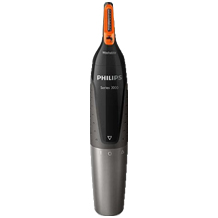IPL hair removal device purchasing advice: how to choose the right product
- What you need to know
- IPL devices work using flashes of light which slow and even stop hair growth.
- These machines are generally pain-free, unlike other hair removal options.
- Each skin type needs a different light intensity – some models have skin sensors.
- You will need to use an IPL machine at least six times until hair stops growing.
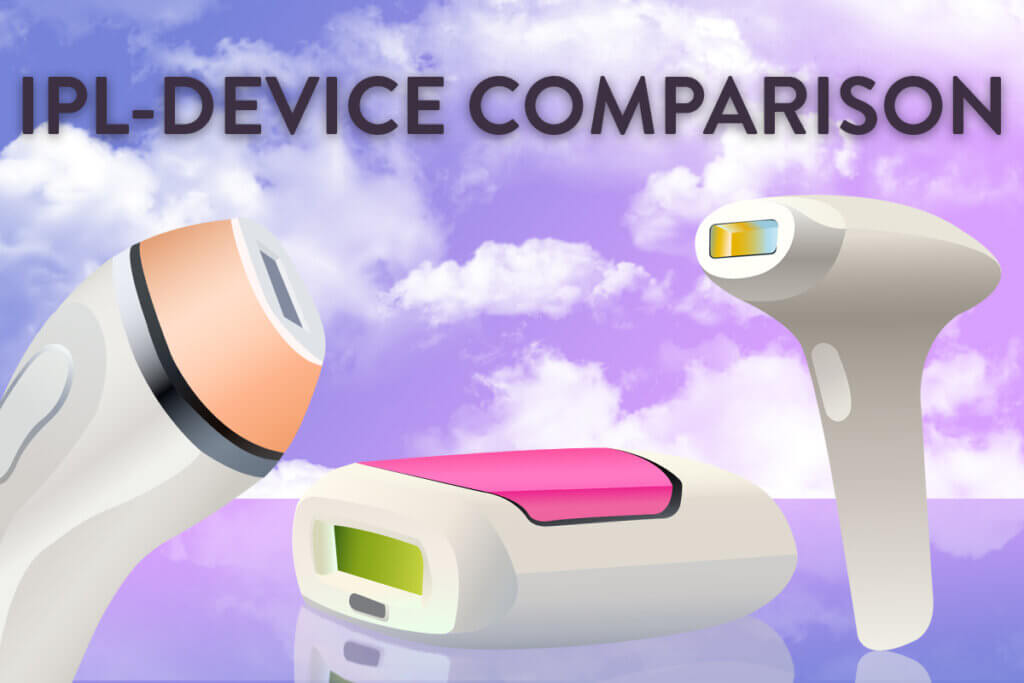
Smooth skin: hygienic and fashionable
Knees, back, face, bikini line, you name it, there’s hair on it. If you want to get rid of said hair, you’ve probably tried razors, creams, wax, and epilators. IPL machines offer a different option.
How do they work?
IPL machines are pistol shaped hair removal machines. IPL stands for ‘Intense Pulsed Light’. These machines use intense short flashes of light to remove hair. The melanin in your skin picks up this light and takes it to the hair root where it is converted into heat. This heat destroys the nutrient cells within the root. As a result, hair roots are prevented from producing new hair. Since this method only works in certain growth phases of the hair, several treatments and a little patience are necessary.
Advantages of IPL devices
IPL machines aren’t just easy to use, they’re effective – they remove hair for longer than most other methods. When you’re getting started, you’ll need to use the machine a few times, but after that the effects are long lasting. You can use it all over your body, and the machine is suitable for both men and women.
IPL vs laser
Hair removal with a laser is functionally very similar to hair removal with IPL. Both methods use light to remove hair – the difference is in the precision. Laser hair removal is more site specific than IPL and the strength is adjusted to match your skin and hair colour. Laser hair removal requires more sessions than IPL, as lasers can act on fewer hairs at a time. It can also only be done by qualified professionals. IPL machines, on the other hand, have a few advantages. You can use them at home, and they cover more hairs at once, so they don’t take as long – they are also somewhat cheaper. Since the light pulses are less intense than with a laser, skin irritation is less common. Home use saves all that time spent travelling to the specialist, as well as the extra cash.
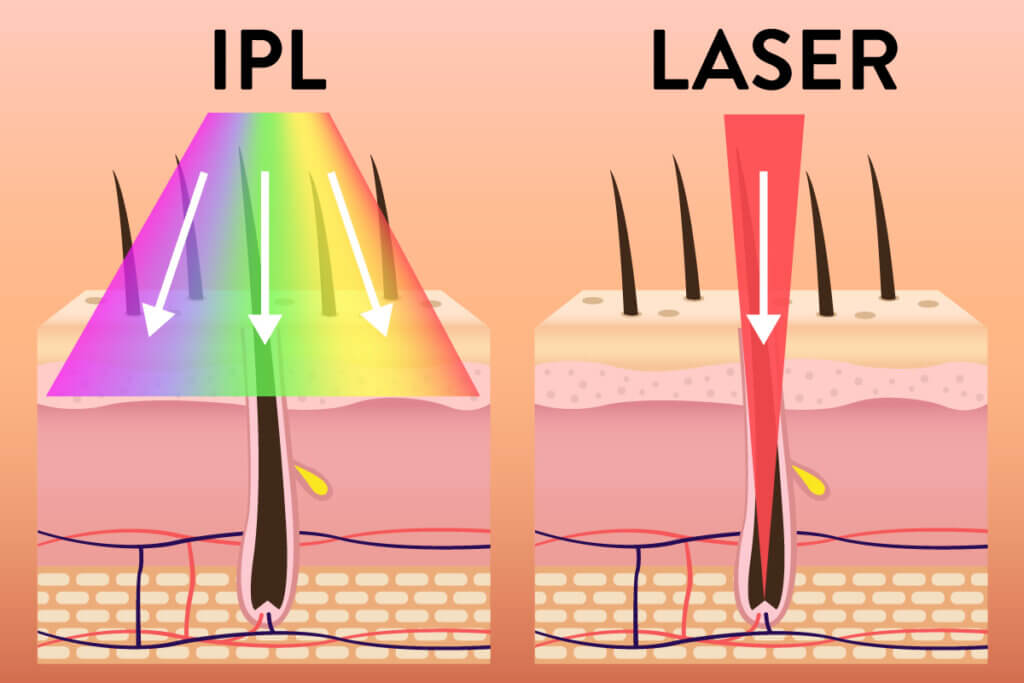
IPL vs other hair removal methods
IPL hair removal devices are in many ways simpler than lots of other hair removal methods, among which razors are the most common. You have to buy the blades for shaving, and that’s before even dealing with the cuts. In the very long term, an IPL machine can be cheaper because it is a one-off cost. There are also no cuts, pimples, or other skin irritations during or after the hair removal.
Removing hair with an epilator achieves longer-lasting results than shaving. However, the process is usually quite painful. An IPL device does not cause any pain and also provides longer-lasting results than an epilator.
Waxing is of course another option, however, it only lasts four weeks and can be pretty painful. An alternative to wax is using a paste of sugar, lemon juice, and water. This method is cheaper and more eco-friendly – but no less painful and definitely stickier. IPL machines are clean and simple by contrast.
Depilatory cream is the painless alternative to wax. Hair removal happens chemically and lasts for two weeks. Not everyone’s skin is suitable for this kind of cream so you must test it first – when using it, you have to wash it off afterwards otherwise you can irritate your skin.IPL machines work much faster and have far less chance of irritating your skin. Moreover, unlike IPL devices, depilatory creams tend to have an unpleasant smell. Since they can irritate your skin, its best not to use them on your private parts either. The same can be said for razors in case you cut yourself, and even waxing is too much for sensitive skin down there. Most IPL devices by contrast are suitable and come with special attachments specially for pubic hair.
Does your hair grow back slower?
An IPL machine does not always remove hair permanently. If the light pulse only hits the connection to the follicle at the hair roots, it only destroys the hair follicles temporarily. After a while they will grow back. After a few months, there is usually slight hair growth again. On average, you’ll have to treat your face, armpits and legs up to a maximum of six times a year.
Home comforts
Hair removal with an IPL machine can be done at home, or you can go to a doctor, beautician, or dermatologist. Going to a clinic has been possible for a while, whereas machines for home use are a relatively new development. Wherever you end up doing it, you’ll need multiple treatments for an ideal result. If you opt for home hair removal, you’ll have to pay for the device. If you go to a clinic, you can expect to pay per body area (rather than per session). According to the NHS, single treatments may cost around £110 (about $130) for under the arms, £130 (about $160) for the bikini line, and £270 (about $330) for the arms. This is expensive: a whole-body treatment will run into several hundred pounds. Although buying your own IPL machine is quite expensive initially, this cost is paid back over time. You’ll be saving on appointments, journeys, and other costs – as well as all that time spent in the waiting room.
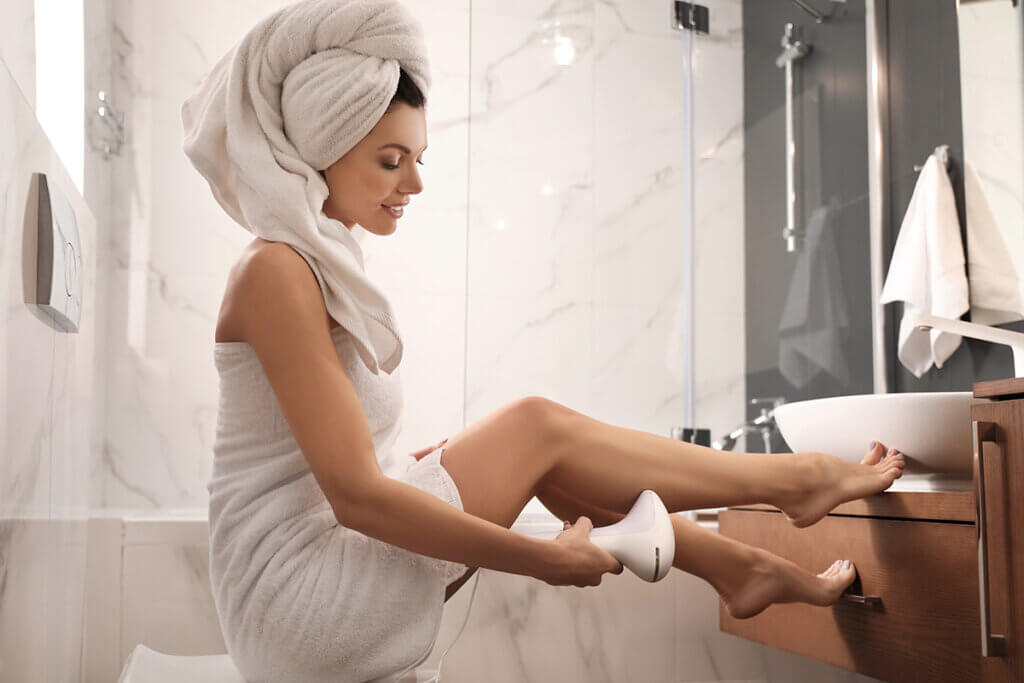
Buying tips
Before buying an IPL machine, the first thing to check is whether your skin type is compatible.
Light flashes
It’s important to check how many light flashes a particular IPL machine is capable of before it the bulb needs to be replaced. The number of total flashes is dependent on make and model – most are capable of between 50,000 and 400,000 flashes. The more flashes a machine can do, the longer it will last. If you’re looking for a machine to use over your entire body then look for a model with at least 250,000 flashes. Generally, one full body session will use between 2500 and 5000 flashes. If you’re looking at a device with a relatively low number of total flashes, check if the bulb is replaceable – some models come with spares included.
Ease of use
A good IPL machine should be adjustable to suit each individual user’s needs. Different hair and skin types need different treatments, so these machines have adjustable intensity settings. Some models have between three and five settings, others have ten. The higher the number of settings, the more precisely you will be able to adjust the treatment to your skin.
Pulse vs glide mode
The most common setting for IPL machines is a pulse mode, where you put the device on the part of skin you want to epilate and then press a button to trigger a flash. If you’re wanting to get rid of hair on a bigger area of your body like your legs, then a glide mode is what you need. With this setting, light flashes are automatically triggered as you move the device over your body. This is a big time saver – machines with this setting are really designed for larger body areas. If you’re only looking for an IPL machine for your face or intimate areas, then having a glide mode isn’t really necessary.
Digital display
Top of the range models will have a digital display to show what flash setting you’re on, and how many total flashes are left on the machine. If you’re worried about how many flashes you’ve got left, then having this feature is really useful. Since most models have a high number of flashes anyway, this feature isn’t completely necessary.
Power
Depending on the model, IPL machines can either come with a power cable or be battery powered. These power cables are often not that long, so you’ll need an easily accessible socket. If you want more flexibility, go for a battery powered device. You’ll have to charge it regularly, but this means you can use it anywhere. This is especially useful if you’re going on holiday, or if your home doesn’t have many bathroom sockets. If you’re looking for a machine to epilate your whole body, then a cabled model will be best – battery powered machines usually won’t have enough power to cover everything.
Automatic power off
This feature is especially useful if you’re always forgetting to turn off your devices. If your IPL machine is idle for a while, the automatic power off will do its job. This removes any potential for fires with a device left on, and if you have a battery powered model, it will make your battery last longer.
Attachments
You’ll need different sized light windows depending on where you want to remove hair from on your body. Some manufacturers include different attachments which allow you to make the flash area smaller or bigger for different areas of your body. If you’re just looking to use your IPL machine on large areas of your body, then having just the one large light window will be fine. If you’re looking to use it on your face or intimate areas, then look for a model with precision attachments.
Safety
Safety features are important to avoid any problems when using your IPL machine. Many top of the range models have skin sensors which analyse your skin type. From this data, the machine will either adjust the flash intensity automatically, or show you which setting to choose. If you don’t have much experience with IPL or are unsure about how many flashes to use, go for a model with a skin sensor. Likewise, if you have sensitive skin, having a sensor will make sure you always do the right amount of treatment and avoid burning your skin.
Contact sensor
Alongside skin sensors, contact sensors are a further possible safety feature designed to protect your eyes. Light flashes can only be triggered when the machine recognises that it is on your skin. This is particularly important if you’re going to be removing hair from your face, as it can be easy to damage your eyes with an errant flash. Some models come with a pair of protective sunglasses.
Weight
Choosing a device that isn’t too heavy is important for speed and ease of use. Most models weigh between 640g (1.4 lb) and 3.1kg (6.8 lb). A lighter device will be easier to use for longer sessions – if it’s too heavy you’ll have to take breaks which elongates the process.
Helpful tips for using your machine
Just as important as considering the factors which determine how you use your IPL machine are thinking about pre- and post-care. The most crucial of this is working out whether your skin and hair type is compatible with IPL technology.
Who can use IPL?
Everyone can use an IPL machine, but how effective it will be depends on skin and hair type. IPL machines work best for people with lighter skin and darker hair. If you have black, brown, or dark blonde hair and have skin which is light brown or paler, IPL will work well. If you have blonde, white, grey, or ginger hair, IPL won’t be effective as the machine doesn’t recognise the difference between hair and skin. The light flashes are absorbed more by darker skin than lighter skin, which is why darker skin can be burned by IPL. If you tan quickly in the summer, use your IPL machine in the autumn or winter when it will be much more effective.
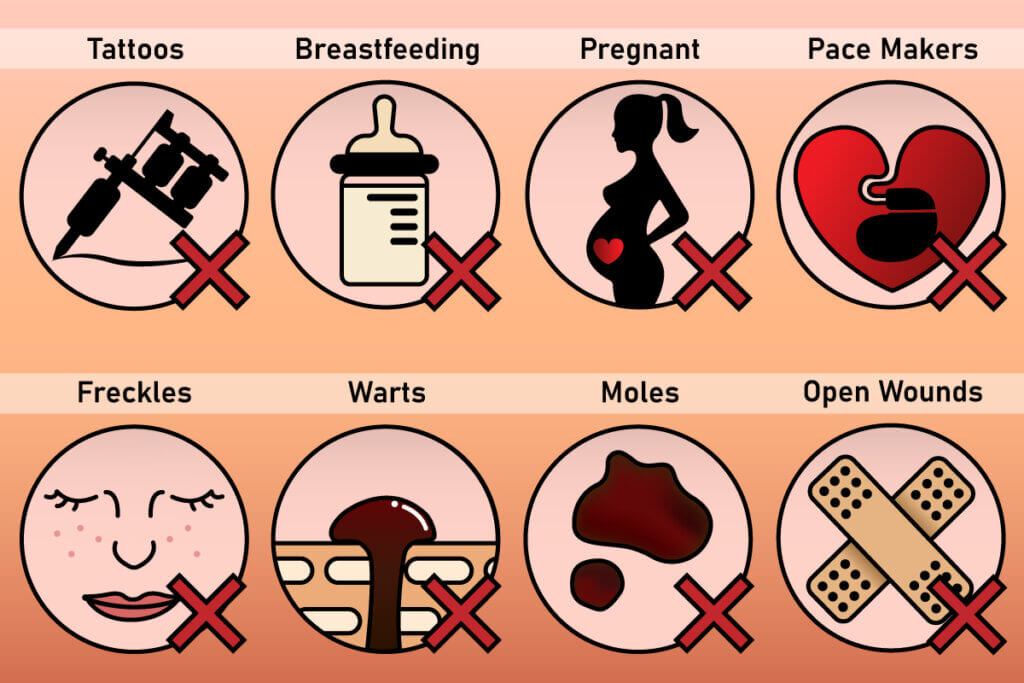
Don’t use an IPL machine on freckles, moles, warts, or tattoos – the machine will heat anything that is dark on your skin. Watch out with tattoos – the hair removal won’t work and you can fade the ink. This said, you can cover tattoos with masking tape, and you can cover moles and freckles with concealer. It is however usually easier and safer just to leave these areas out. If you are pregnant or breastfeeding, don’t use an IPL machine as the effects on babies haven’t been fully researched yet.
Don’t use an IPL machine if you have epilepsy, heart disease, light allergies, or a blood clotting disorder. The same goes for if you have a pacemaker or have been undergoing chemotherapy. If you’ve recently had an operation or any issues with your skin (e.g. burns or rashes) then definitely hold off on hair removal.
Before treatment
Hair removal is less effective on tanned skin, so avoid sun beds, tanning lotions, and sunbathing in the two weeks beforehand. It is best not to expose your skin to chlorine or heat before either, so avoid swimming pools and saunas in the 24 hours beforehand.
Play it safe with medical advice
It’s best to see a dermatologist before using an IPL machine for the first time – they will examine your body and tell you exactly how you will react to the treatment.
If you normally use an epilator, depilatory cream, wax or sugar paste to remove your hair, you’ll have to wait until the hair has grown back. This is because these methods remove the hair completely – IPL machines work on hair roots, so they need to be there. You should shave a couple of days before using IPL to make sure your hair isn’t too long. On unshaven skin the rays from the IPL machine won’t make it down to the roots, which will make your hair turn white or grey. Not only this, the hair will heat up a lot during treatment which makes for a painful experience.
Before using your IPL machine, test your skin’s sensitivity. Choose a small area and flash it with the machine, and then wait for 24 hours to see if you get any irritation. If you do, try a different area with a lower flash intensity. If the irritation continues, see a dermatologist. If you don’t get any irritation, then you can freely use the machine without any problems.
How to use
To use your machine, first make sure the battery is full or the cable is plugged in. Next, choose your flash intensity. As a rule of thumb, the lighter your skin, the less intense the flash required. If you have a model with a skin sensor, the machine will choose the intensity automatically for you.
It’s best to use your IPL machine on cooler skin because the light flashes will reach your hair roots better. Don’t use it after a hot shower – if you have just showered and want to use the machine, cool your skin first with a cold towel. The best time to do the treatment is just before bed, as your skin will be able to recover overnight.
Take care whilst doing the treatment. Depending on practice and the size of the area treated, the process will take between 15 and 60 minutes. For treatments on the face, wear protective glasses or sunglasses to protect your eyes from the light.
Avoid double exposures with eyliner
To avoid accidentally going over the same skin twice, use eyeliner to mark the skin you’ve already treated.
Proper aftercare
After treatment you should use moisturising cream – it will cool and calm your skin. It’s a good idea to do this again in the following days to make sure your skin is fully hydrated. Drinking a lot of water is also a good idea. Avoid going in direct sunlight for a few days after treatment since your skin will be very sensitive to UV rays to start with. It’s also best to avoid make up, perfume, and deodorant with alcohol in it during this time as well.
How often will you have to re-treat your skin?
After the first time you use your IPL machine, wait around two weeks until you re-treat your skin. To start with, a fortnightly pattern is a good idea. After five or six treatments, you can afford to wait longer in between – up to four weeks. After eight or ten treatments you’ll only need to re-treat your skin every two to six months depending on how quickly your hair grows back. For the first five or six treatments you’ll still need to shave your hair beforehand, but this won’t be necessary for later treatments as your hair won’t be growing back.
What are the side effects?
Side effects from using an IPL machine are usually very rare, and the machines are considered safe to use. Temporary redness, rashes, blistering or crusting may happen. However, these usually disappear quickly. If this is not the case, see a dermatologist as soon as possible. IPL machines can cause burns on darker skin. When used correctly, an IPL machine should not cause any pain. Most people only feel a slight warmth or tingling sensation.
How to care for your machine
Proper care is necessary to enjoy your device for a long time. If you want to prevent bacterial growth, you should clean your IPL machine each time you use it. If you have a model with a power cord, be sure to unplug it from the mains first. Clean the device with a clean, slightly damp cloth. Do not use aggressive cleaning agents, as they will damage the hair remover. In particular, the light window should be thoroughly cleaned as it is in direct contact with the skin.
Images 1-2: © FinalCheck | Image 3: © New Africa / stock.adobe.com | Image 4: © FinalCheck

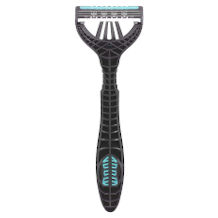
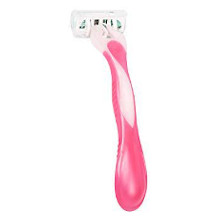
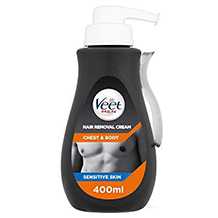
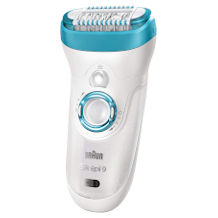
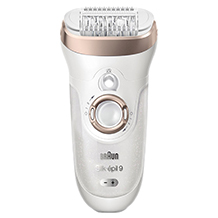
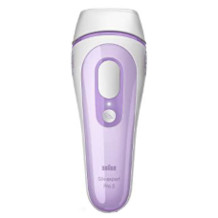








 2,818 reviews
2,818 reviews









